Related Research Articles

Henry Brooke, Baron Brooke of Cumnor, was a British Conservative Party politician who served as Chief Secretary to the Treasury and Paymaster General from 1961 to 1962 and — following the "Night of the Long Knives" — as Home Secretary from 1962 to 1964.
Events from the year 1764 in Ireland.
John Butts was an Irish landscape painter, specialising in woodland and river scenes.

Michael Bryan was an English art historian, art dealer and connoisseur. He was involved in the purchase and resale of the great French Orleans Collection of art, selling it on to a British syndicate, and owned a fashionable art gallery in Savile Row, London. His book, Biographical and Critical Dictionary of Painters and Engravers, first published in 1813–1816, was a standard reference work throughout the 19th century, and was last republished in 1920; however it is now badly outdated.
Sir Arthur Brooke, 1st Baronet PC (Ire) was an Irish baronet and politician.
Henry Brooke was an Irish politician.
Colonel Henry Vaughan Brooke was an Irish politician.

Martin Ferdinand Quadal was a Moravian-Austrian painter and engraver. Quadal is a representative of the Austrian school of painting, working all across Europe in England, Italy, Austria, Holland, Germany, France, and Russia.

John James Barralet was an Irish artist who spent the later part of his career in the United States.

Henry Pierce Bone was an English enamel painter.

Robert Trewick Bone was an English painter of sacred, classical and genre scenes. He was also an enamel painter.
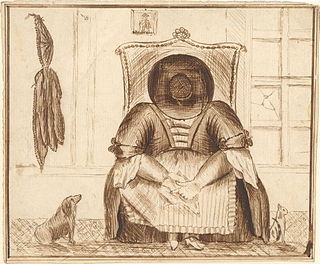
Henry Brocas was an Irish artist known for his landscapes.
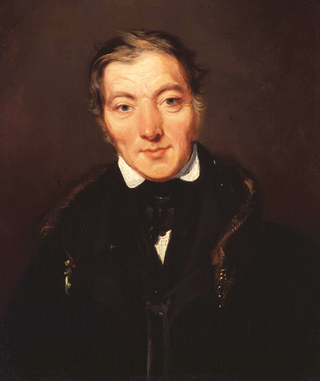
William Henry Brooke (1772–1860) was a British artist and illustrator.
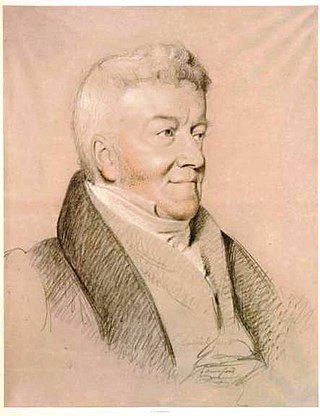
John Comerford was an Irish miniature painter active in Kilkenny and Dublin. He exhibited in London at the Royal Academy in 1804 and 1809.

Martin Cregan was an Irish portrait painter.
Robert Crone was an Irish landscape painter.
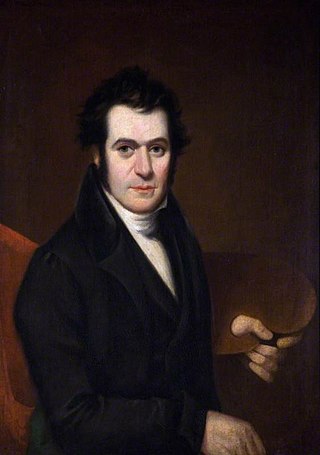
Nicholas Joseph Crowley was an Irish genre and portrait painter. He was highly esteemed as a portrait painter, and was especially good in painting portrait groups.
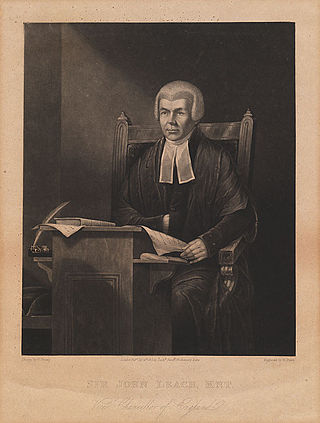
Henry Edward Dawe (1790–1848) was an English engraver and subject painter, the brother of the artist George Dawe.
Jacob Ennis (1728-1770) was an Irish historical and portrait painter. He studied at Dublin under Robert West, and afterwards in Italy. He subsequently became a master in the Dublin Art School.

Thomas Foster was an Irish portrait painter.
References
 This article incorporates text from a publication now in the public domain : Bryan, Michael (1886). "Brooke, Henry". In Graves, Robert Edmund (ed.). Bryan's Dictionary of Painters and Engravers (A–K). Vol. I (3rd ed.). London: George Bell & Sons.
This article incorporates text from a publication now in the public domain : Bryan, Michael (1886). "Brooke, Henry". In Graves, Robert Edmund (ed.). Bryan's Dictionary of Painters and Engravers (A–K). Vol. I (3rd ed.). London: George Bell & Sons.